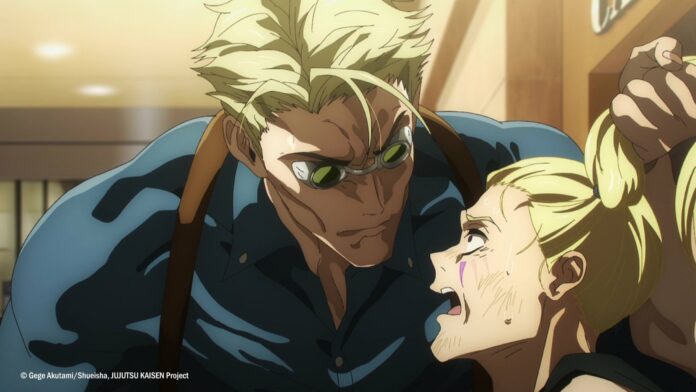Every community that grows eventually forgets what it felt like to be small. Anime used to be a secret handshake, something whispered about in school hallways, traded on burned CDs, and defended against ridicule. It was a culture built by outcasts who found meaning in stories that the mainstream ignored.
Now, that same culture fills stadiums, dominates streaming platforms, and trends across social media daily. But with that success came a strange bitterness. The very people who once begged for anime to be accepted are now the ones resenting how popular it’s become.
They complain that “anime isn’t what it used to be,” that the fandom is full of “tourists,” and that newcomers are ruining the community. What they don’t realize is that this gatekeeping says more about them than it does about anyone else.
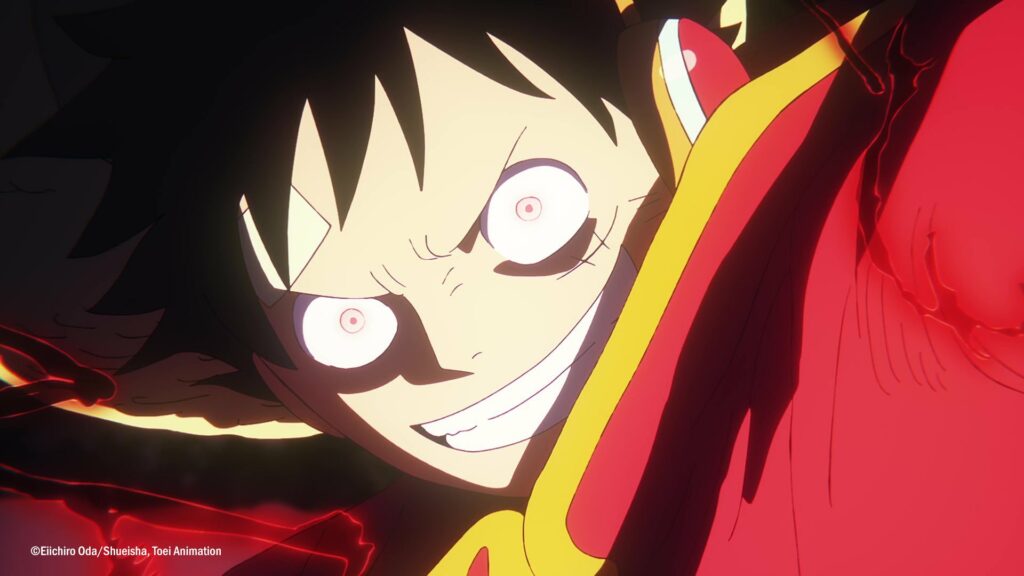
The word “tourist” in the anime world doesn’t mean someone traveling to Japan or visiting anime landmarks. It’s a new kind of label, one meant to draw a line between “real” fans and “fake” ones. An anime tourist is someone who only watches what’s trending, the meme-fueled, algorithm-boosted titles like JUJUTSU KAISEN, Chainsaw Man, Demon Slayer: Kimetsu no Yaiba, and Attack on Titan.
They follow hype cycles instead of studio lineups, scroll through edits instead of reading manga, and often disappear as quickly as they arrive. Some jumped in during the pandemic boom, when anime became more accessible than ever. Others treat the fandom like a fashion statement, an aesthetic to match their playlists and social media feeds. To veteran fans, these people feel like intruders, tourists in a land they never helped build.
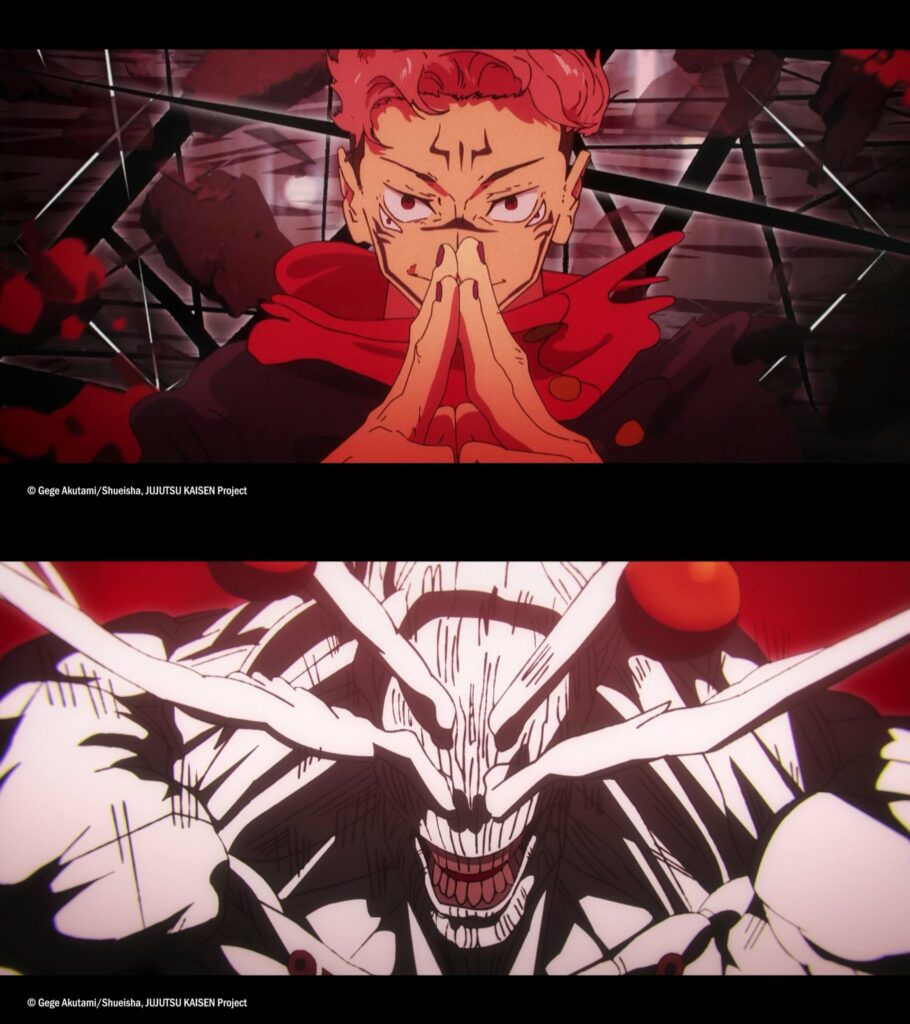
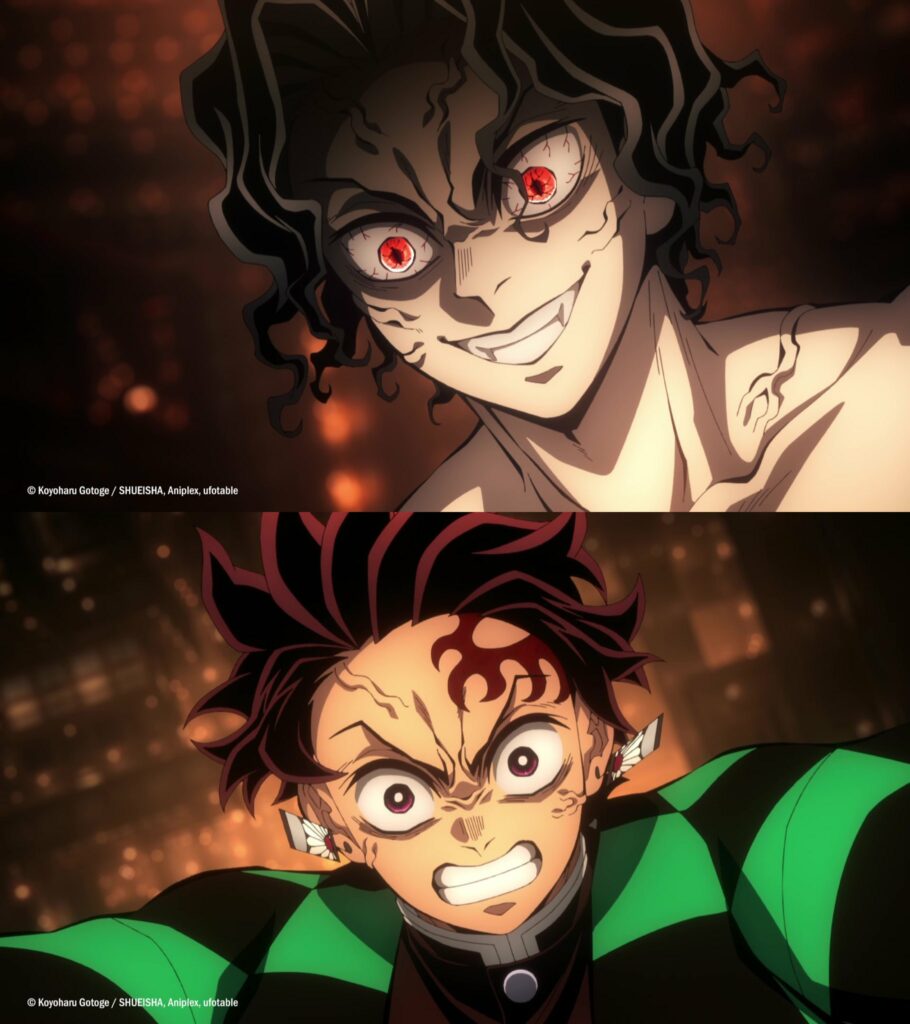
That frustration didn’t come out of nowhere. For many older fans, anime used to be hard to find, and even harder to love publicly. They remember late nights waiting for episodes to load, trading bootlegs on blank discs, and getting laughed at for liking “cartoons.” To them, watching anime wasn’t just entertainment; it was identity. And now, with anime everywhere, that identity feels diluted. When everyone can claim it, what does it mean to have been here from the start?
But this defensiveness has curdled into elitism. Social media has become flooded with fans who dismiss newcomers as “tourists” — shallow, clout-chasing viewers who only care about what’s cool that season. It’s a sentiment wrapped in superiority: if you only watch what’s popular, you’re not a real fan. Some go further, calling others “fake weebs,” or treating those who dislike certain tropes, like lolis or oversexualized characters, as moral outsiders. What was once a haven for weird, passionate people has started to mirror the judgmental mainstream it once rebelled against.
The danger of this mindset isn’t just that it’s cruel; it’s that it’s hypocritical. Every fan starts somewhere, and most of those “somewheres” are mainstream. The same people who now mock anime tourists once began with gateway hits like Naruto, BLEACH, or Death Note. The only difference between them and the so-called tourists is that they had the time and interest to keep going. Shaming others for not being as “deep” into the fandom doesn’t make someone more authentic, it makes them forgetful.

This kind of elitism grows from nostalgia. Many older fans look back on the early days with rose-colored glasses when the community was smaller, the shows felt “grittier,” and the passion felt purer. But that purity came from limitation. Anime wasn’t hard to find because it was better back then; it was hard to find because it was inaccessible. Being an anime fan used to mean being willing to dig, to import, to pirate, because the industry barely acknowledged you. What fans miss isn’t quality — it’s exclusivity.
And that nostalgia often comes with jealousy. Fans who built their identities around being outsiders now see younger people enjoying anime freely, and feel pushed aside. It’s a “toy’s mine” mentality, the urge to hold tighter the moment someone else wants to play. But that reaction betrays the community’s original purpose. The dream was always to make anime accepted, to make it accessible, to let others see its beauty. That dream came true and some people don’t know how to handle that.
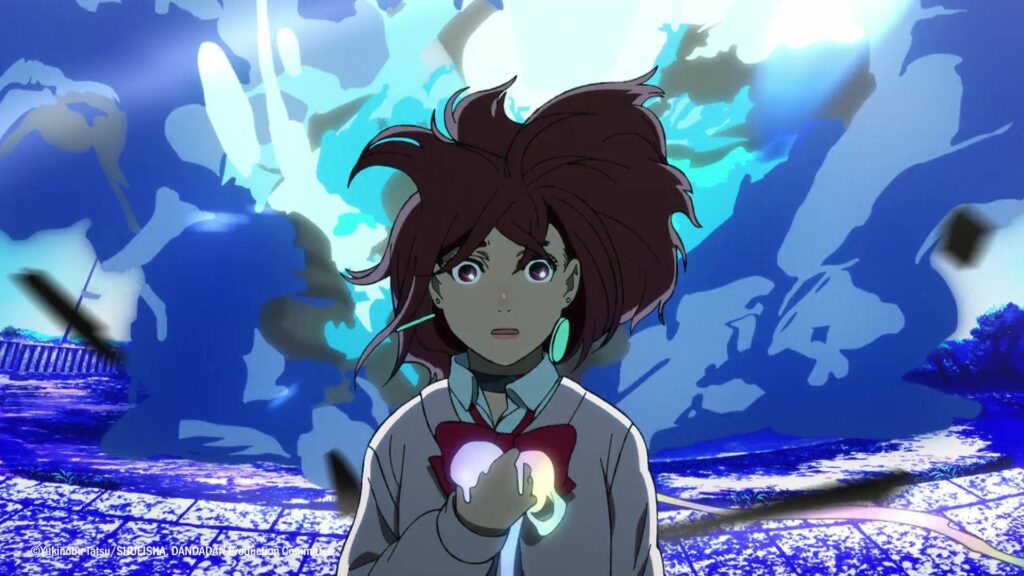
There’s a key difference between being an experienced fan and being an elitist. The experienced fan uses their time in the fandom to share knowledge, recommending older series, explaining the artistry, helping others dive deeper. The elitist uses their experience as a weapon, belittling newcomers, scoffing at trends, and treating fandom as a hierarchy. The first keeps anime alive; the second keeps it locked away.
The truth is that anime tourism is a symptom of success, not decline. The fact that people who never would’ve touched anime a decade ago now call themselves fans is a victory. It means anime has crossed borders, languages, and generations. The tourists who come for the hype might not stay for the long haul but some will. And those who do will carry the culture forward, the same way the early fans once did.
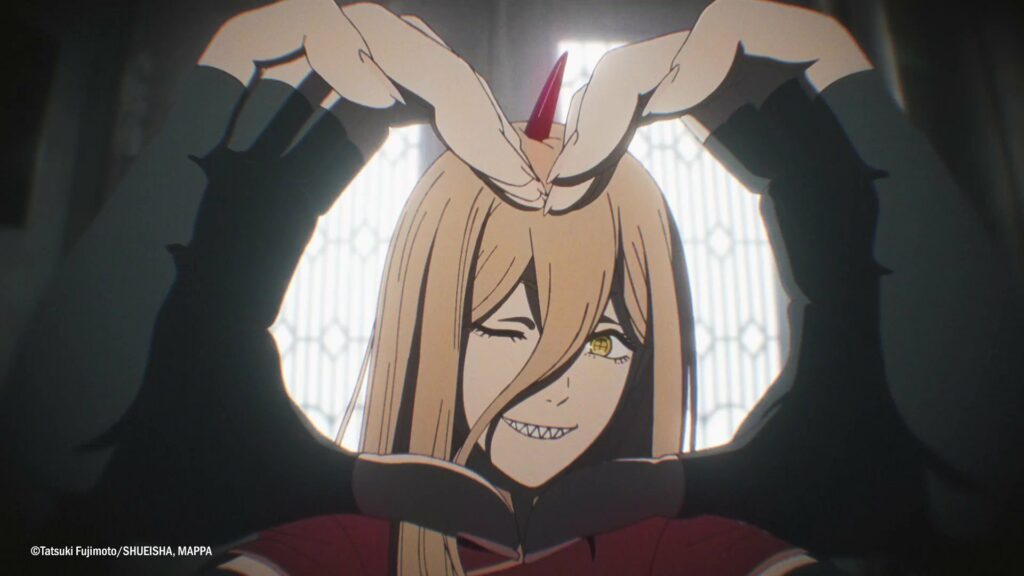
The community doesn’t need fewer anime tourists; it needs better role models. Instead of sneering at newcomers for not knowing enough, fans should help them find what makes the medium special. The more people who care about anime, even casually, the more support its creators and studios get, and the more stories can be told. Gatekeeping doesn’t protect anime; it isolates it.
Anime tourism isn’t killing the culture. Elitism is. Every fan who joins because of a meme or a viral scene is proof that anime still resonates with people, that it still captures imagination and emotion the way it always has. To turn those people away is to forget the community’s own history. We were all tourists once. The goal was never to keep anime secret; it was to see how far it could go.
————
AnimeTV チェーン bringing you the latest anime news direct from Japan ~ anytime! — Your new source of information!
Please note that this article is simply the opinion of Kiran Mckee.

